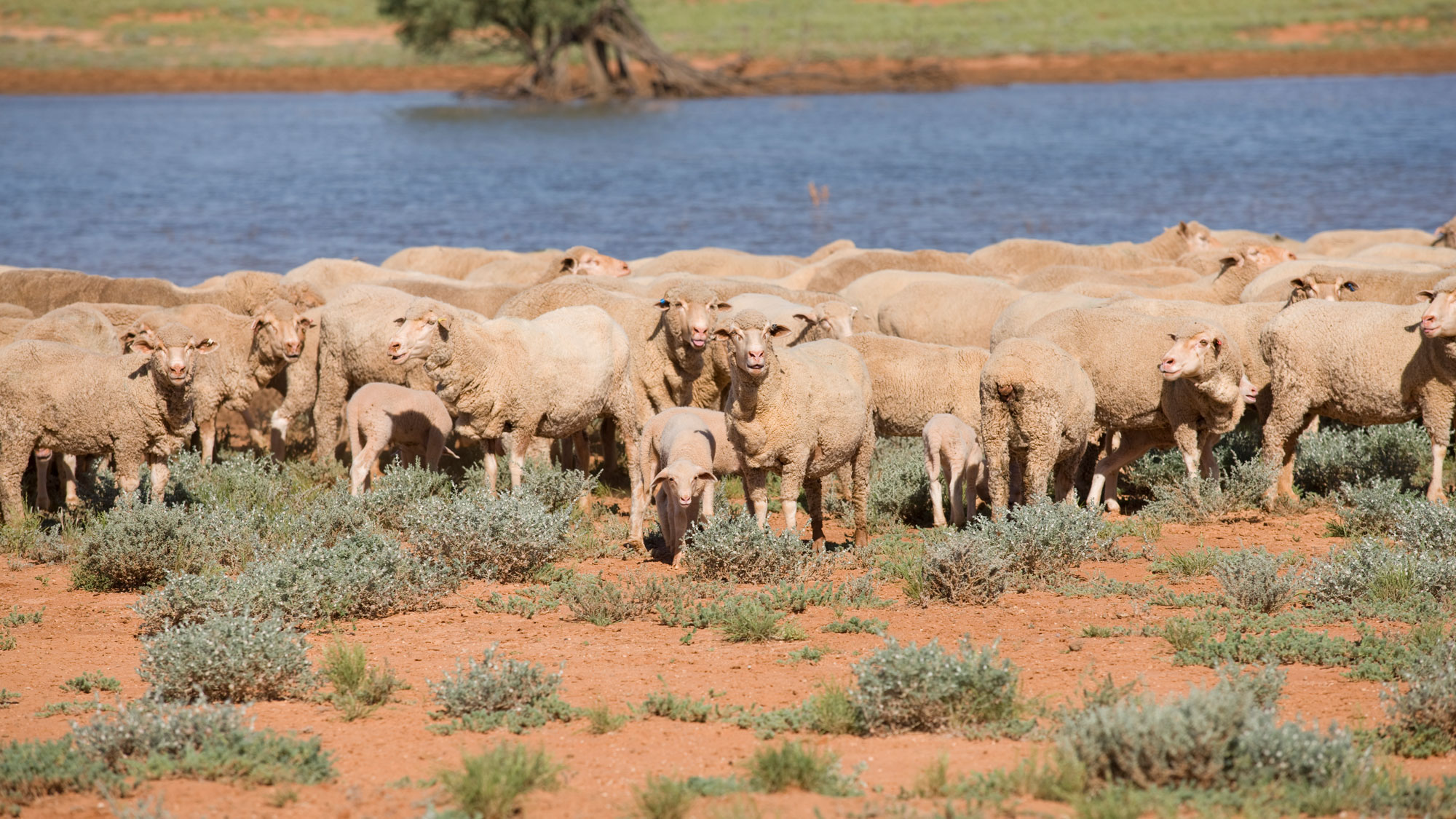Tool 12.17 Controlling feral pigs
Tool 12.17 Controlling feral pigs
The principles for feral pig management are very similar to that of the other predators. Coordinate management regionally to manage populations and then undertake property-based management to manage impacts and protect livestock at the property scale.
The development of coordinated control plans can be undertaken in conjunction with wild dog and fox programmes and there is no reason that annual control programs can’t be developed by producers and local landholder committees for all three species.
Consult with local authorities in order to undertake feral pig management as considerable differences occur between the states regarding the use of toxins such as 1080 and firearms in relation to feral pig management.
Coordinated control programmes for feral pigs generally consist of baiting or aerial shooting programmes, and when conducted across large areas in the pastoral zones, often prove very effective.
Target areas where feral pigs are most likely to be encountered, with drainage lines and swamp areas being the most heavily frequented areas.
Coordinate a localised baiting, trapping/shooting program to coincide with larger programs for maximum impact on the pest population.
Trapping and baiting are extremely effective tools when controlling feral pigs, however pre-feeding is essential to improve results and ensure adequate uptake of poison bait. Pigs are particularly dependent on water sources during summer; therefore the warmer months provide an ongoing opportunity for strategic control.
Guidelines for the construction of pig traps and baiting techniques are available in the web at each of the state government agriculture department website. Further information and best practice guidelines are available from PestSmart.






